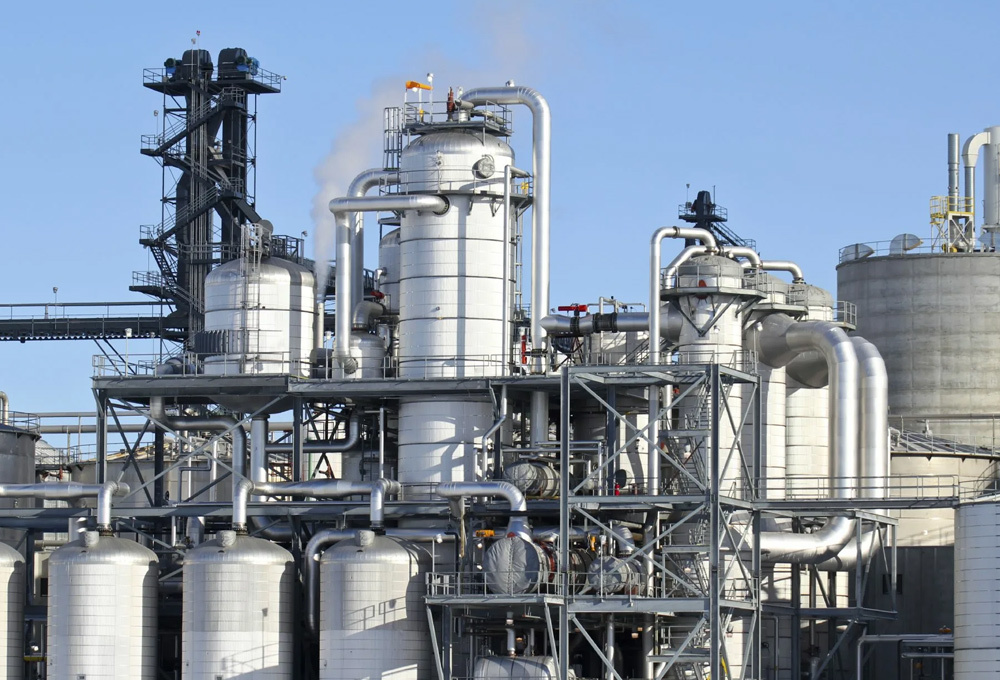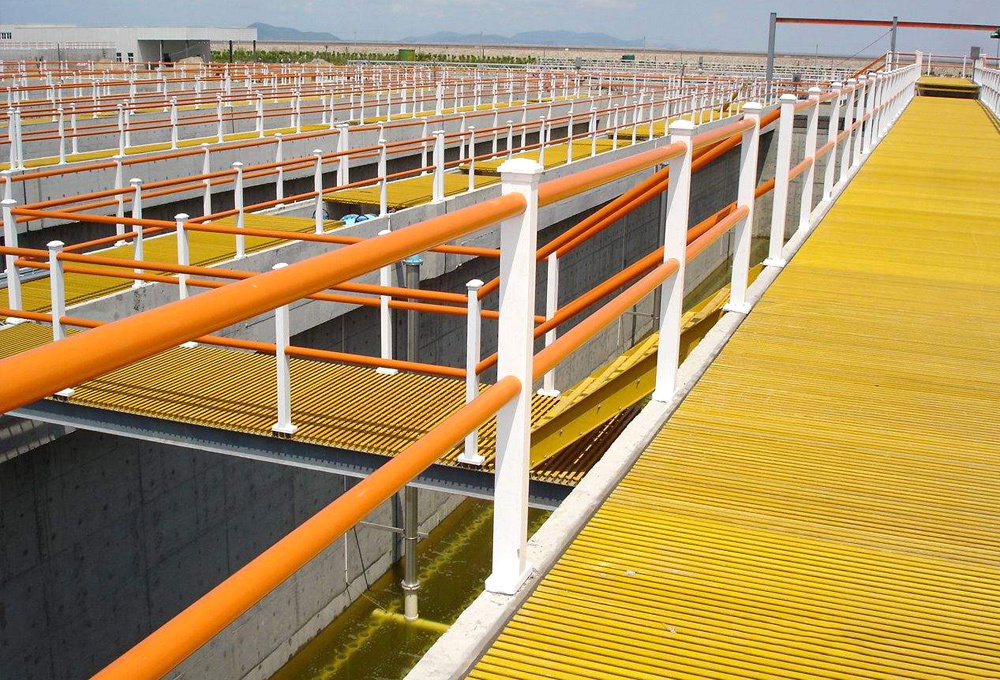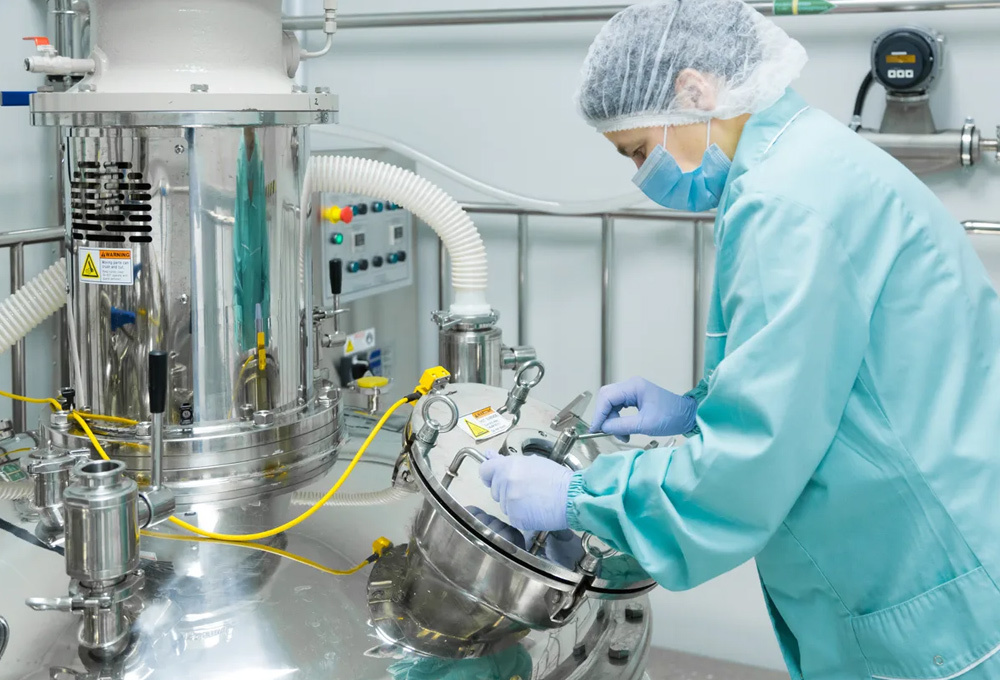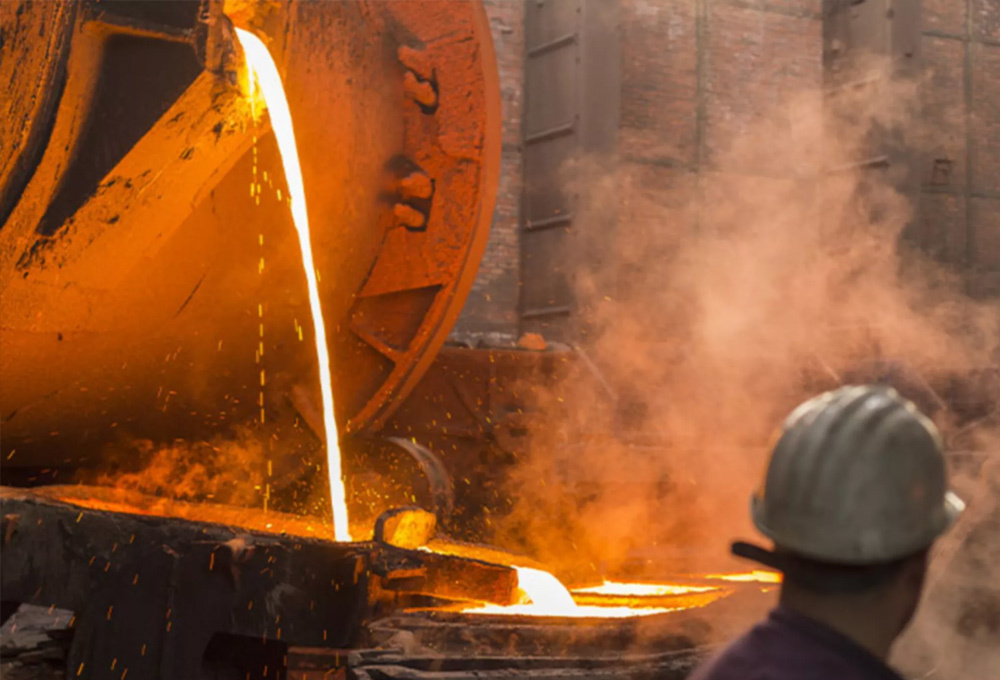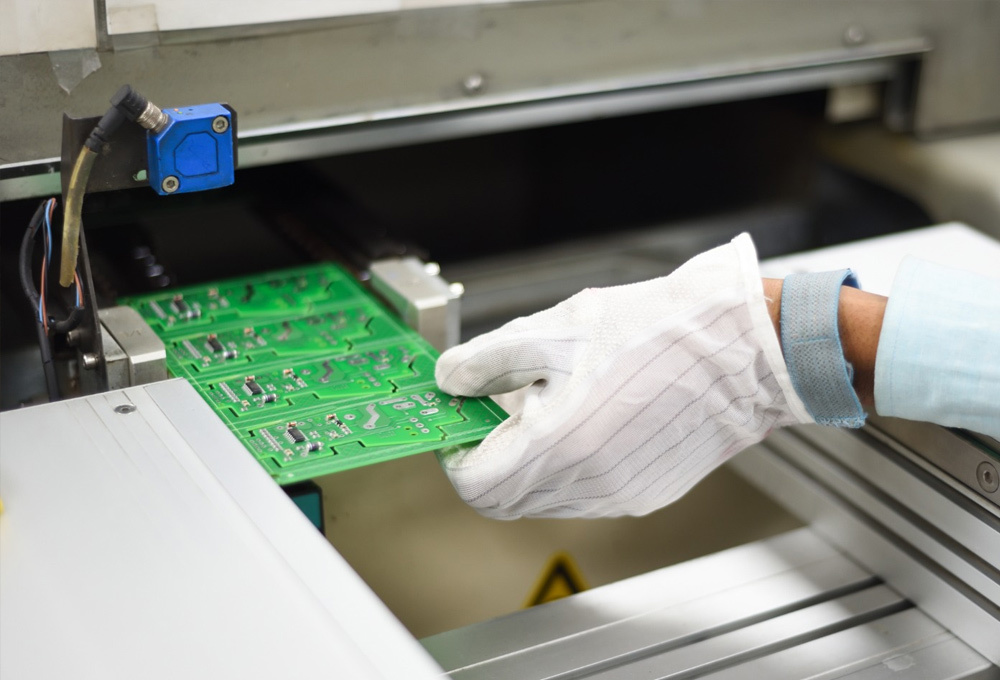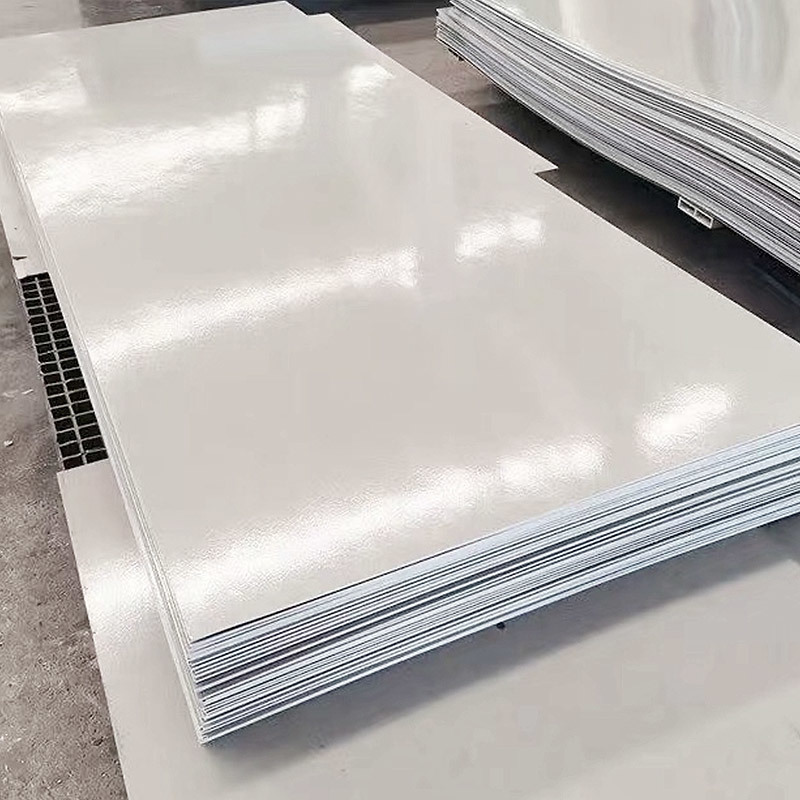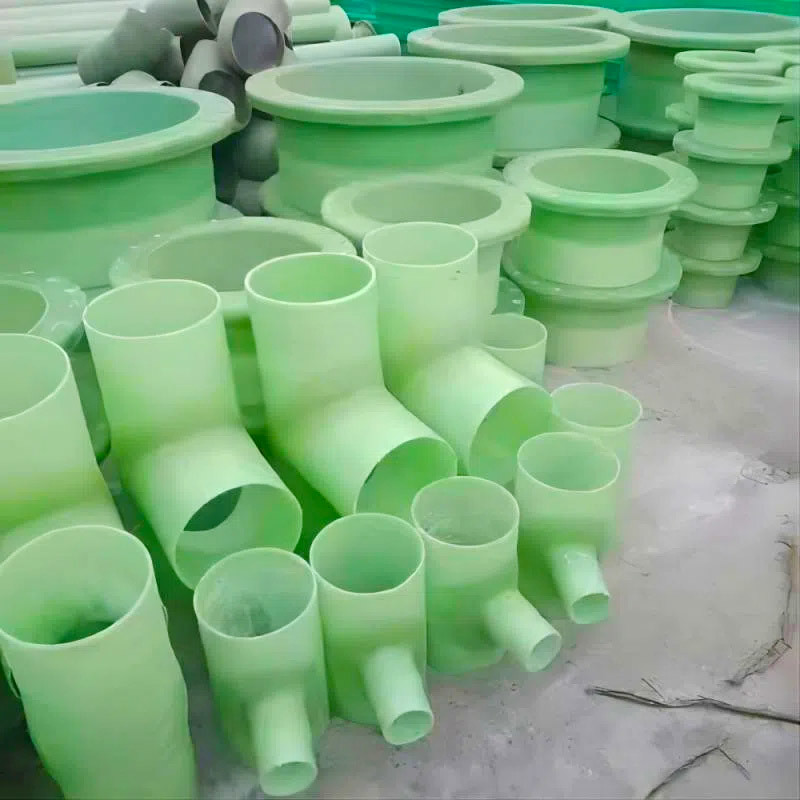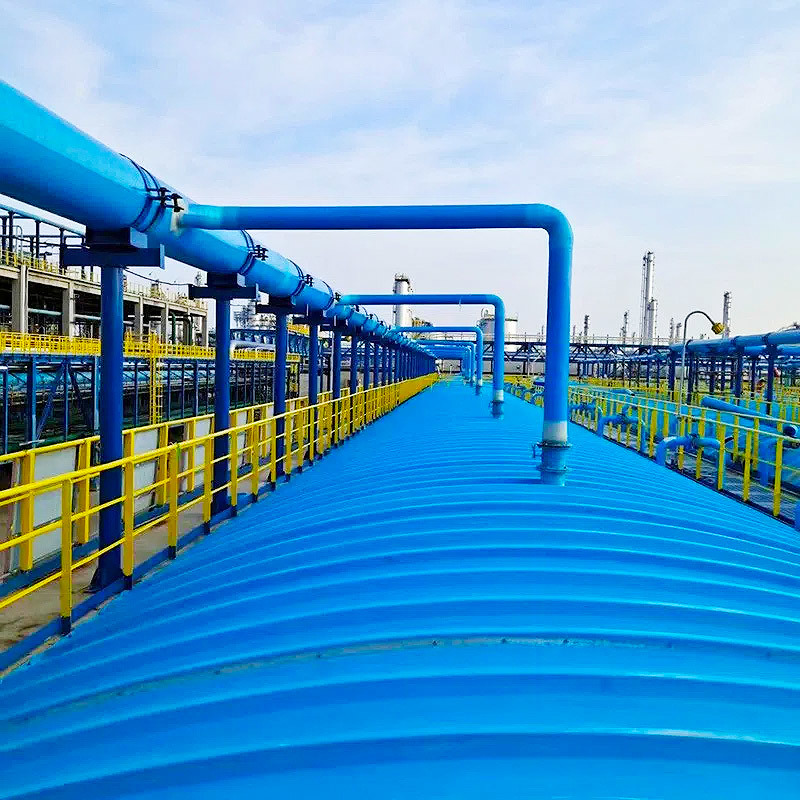Product
FRP Desulfurization Tower
- Description
-
1. Introduction to FRP Desulfurization Tower
The FRP desulfurization tower, as the name suggests, is a device made of fiberglass material specifically used for desulfurization. It is mainly applied in industrial fields such as thermal power plants, chemical industry, and steel, removing sulfur dioxide from flue gas through certain processes to meet environmental emission standards.
2. Advantages of Fiberglass Material
1. Corrosion Resistance: Fiberglass has strong chemical corrosion resistance and can withstand the erosion of corrosive gases such as sulfur dioxide.
2. Lightweight and High Strength: Fiberglass has a low density and light weight, but very high strength, making the desulfurization tower more stable.
3. Long Service Life: Fiberglass material has good aging resistance, which extends the service life of the desulfurization tower.
3. Functional Characteristics of Desulfurization Tower
1. High Efficiency: The FRP desulfurization tower uses advanced desulfurization technology, capable of efficiently removing sulfur dioxide from flue gas.
2. Energy Saving and Environmental Protection: Through desulfurization treatment, sulfur emissions are reduced, helping to protect the environment.
3. Easy Maintenance: The fiberglass material reduces maintenance costs for the desulfurization tower, lowering the operational costs for enterprises.
4. Applications and Prospects
With the increasing awareness of environmental protection, the application of FRP desulfurization towers in various industrial fields is becoming more widespread. Its prospects are very broad, especially in heavy industries such as thermal power generation, chemical industry, and steel. With technological advancements, FRP desulfurization towers will become more efficient and intelligent, meeting higher environmental protection requirements.
The FRP desulfurization tower is an important technology in the field of environmental protection, effectively addressing the issue of sulfur emissions in industry. With continuous technological advancements and increasing environmental protection requirements, FRP desulfurization towers will have broader application prospects. For enterprises, adopting FRP desulfurization towers not only meets environmental standards but also reduces operational costs, achieving a win-win situation for economic and environmental benefits.
The FRP desulfurization tower is a remarkable piece of equipment in the field of environmental protection.
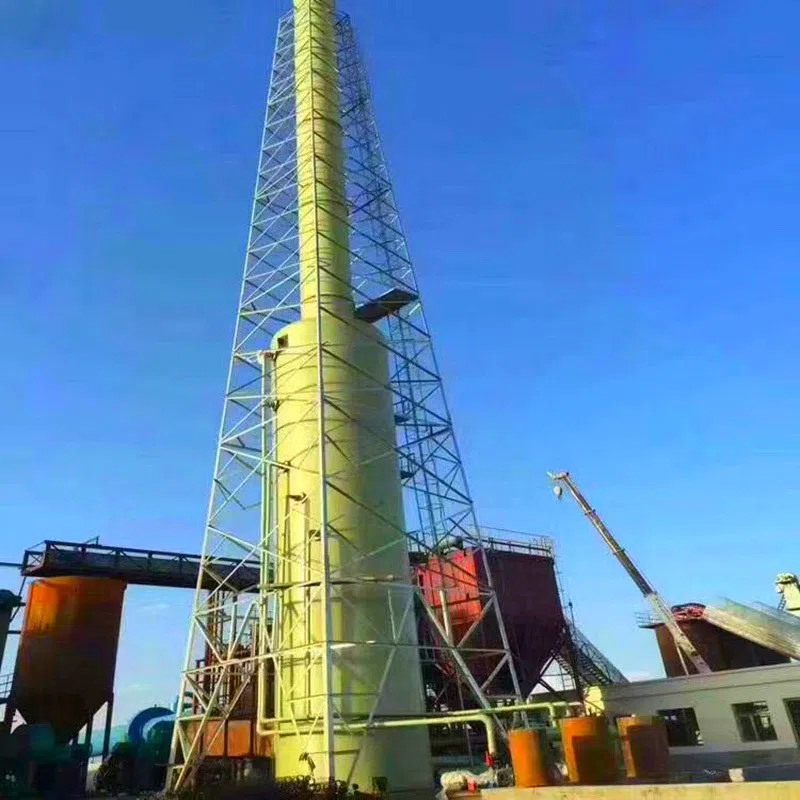
1. Construction and Material
Constructed from FRP, this tower offers several advantages. FRP is known for its high strength - to - weight ratio, making the tower relatively lightweight yet structurally sound. It is highly resistant to corrosion, which is crucial as it often deals with acidic gases. This resistance ensures a long service life, reducing maintenance costs and downtime.
2. Functionality
The primary function of the FRP desulfurization tower is to remove sulfur dioxide (SO₂) from industrial exhaust gases. Inside the tower, a series of chemical reactions take place. The exhaust gas is introduced into the tower, where it comes into contact with a desulfurization agent. This agent reacts with SO₂, converting it into a less harmful substance, usually a sulfate compound.
3. Design Features
The tower is designed with an optimized gas - liquid contact system. This design promotes efficient mass transfer between the gas phase (exhaust gas) and the liquid phase (desulfurization agent). It may include features such as spray nozzles, packing materials, or trays to enhance the contact area and the reaction efficiency.
4. Environmental Impact
By effectively removing sulfur dioxide, the FRP desulfurization tower plays a significant role in reducing air pollution. Sulfur dioxide is a major contributor to acid rain and can also have adverse effects on human health. Using this tower helps industries meet environmental regulations and contribute to a cleaner and healthier environment.
Application
As a professional supplier of FRP products in China, we are committed to providing customers with high-performance, environmentally friendly and customized solutions, which are widely used in chemical, electric power, transportation, construction and other industries.
Related Recommend
Fiberglass hand-layup fittings
Fiberglass hand-laminated cover plate








